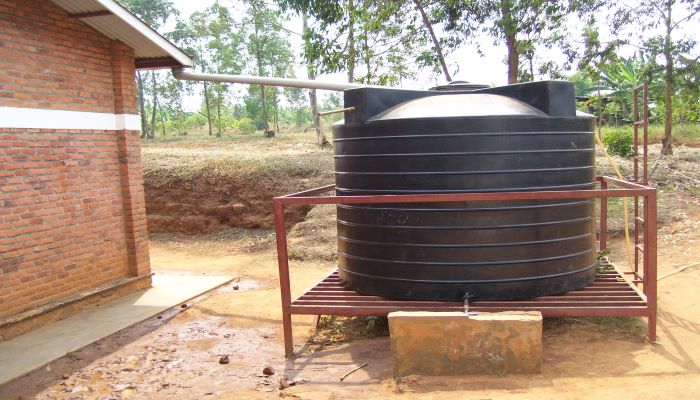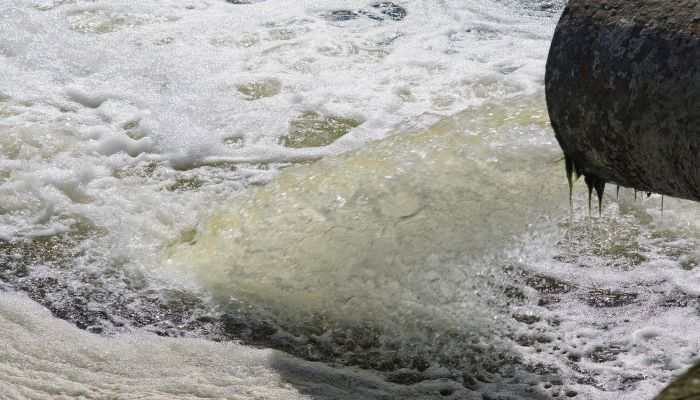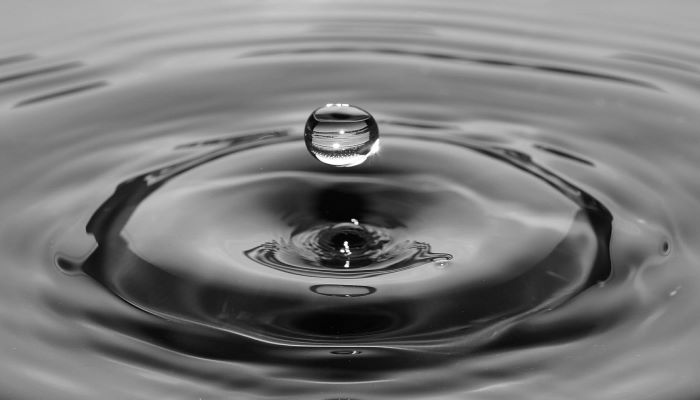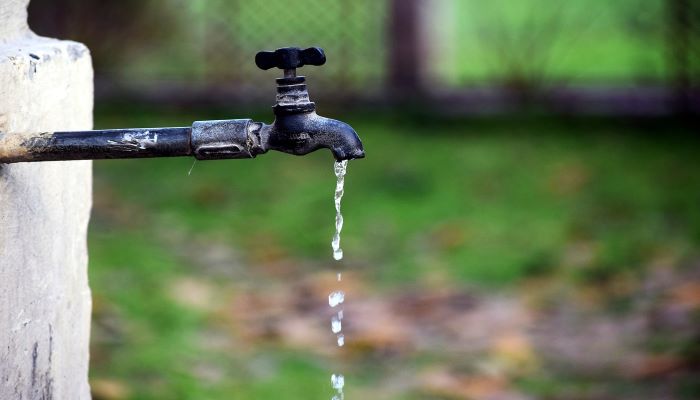Climate change and excessive consumption is causing severe water shortages in many Indian metros. However, ordinary citizens can solve the problem at their individual levels through small and simple innovations.
Water is the elixir of life. Almost all living species on our planet need it for their survival. As for human beings, our need for water is unfortunately directly proportional to the amount we waste.
Like most natural resources, water is renewable. However, a lesser-known fact is that because of human intervention, in 10-12 decades, water will become a non-renewable resource on our planet.
Depletion of groundwater, an oft-ignored human-driven phenomenon, is threatening our water reserves, and in turn, the future of human existence and most of life on earth.
As our global population approaches the 7.5 billion mark, many efforts have begun to ensure water demands of our current and future generations are met. While big global solutions are required, nothing can undermine the role of an individual in saving our precious natural resource. Small, efficient solutions deployed by ordinary citizens can go a long way in conserving water.
Here are five small solutions to conserve water:
1. Fixing UPOs on taps
UPOs, or Usage Point Optimisers, are simple little devices that fit snugly onto the mouth of taps and reduce the flow of water by almost 60 % without compromising on user experience.
So far, Reap Benefit has installed these UPOs in schools across Bangalore, saving thousands of litres of water. At the household level, these tiny devices have the potential to make huge impact.
2. Grey water harvesting
The rapid depletion of groundwater tables begs for the reuse of water. While automatic reuse of water requires renovation and extensive re-plumbing of the house, simple usage hacks can do the trick at little or no expense. The internet is awash with information on setting up low-cost grey water harvesting systems.
Used water from kitchens can be used for plants, washing cars, etc. The increased savings in the water bill only make the case for grey water harvesting stronger.
3. RO Water Harvesting
Most domestic RO Water Purifiers reject close to three litres of water for every litre of water purified. That is close to 36-40 litres of water wasted by a household if it purifies 12 litres of water a day. This rejected water can easily be collected and put to good use in the form of mopping water, or to clean bathrooms and other areas of the house. The reject water pipe can be put in a bucket, and water can be stored until needed.
4. Drip Irrigation
This agricultural irrigation system which evolved around the world is now available for use at the domestic level. The system ensures efficient use of water by pouring it exactly where it is needed,
i.e., at the root of a plant. It limits unnecessary usage of water in fields and gardens. Households
with lawns or terrace gardens can implement this solution, which involves a small one-time investment in laying down the drippers and pipes. Borrowing from the above points, stored grey water can be connected to the drip irrigation system for efficient usage of the latter.
5. Choosing squat pans over western toilets/optimizing flush tanks
Squat pans, commonly known as Indian Toilets, generally require 2-3 mugs (2-3 litres) of water for flushing. This is in stark contrast to the Western Toilet which uses 10-12 litres of water per flush. Choosing squat pans to relieve one self equals a choice to save at least eight litres per use. If squat pans are not an option, it is always a good idea to optimise the flush tank of Western Toilets. This generally requires the addition of a weight to the tank. This could be anything from a mud-filled plastic bottle to a rock, anything that leads to a rise in the water level and thus uses lesser water for each flush.
A lot of these are not difficult at all to start. As with any new habit, it takes awareness and perseverance. Soon enough it will become a part of your routine, and you will then wonder how life could have been before it. All of the above are pocket-friendly methods to do our bit to delay the impending water crisis. Let’s solve small and dent big.
-The Better India





